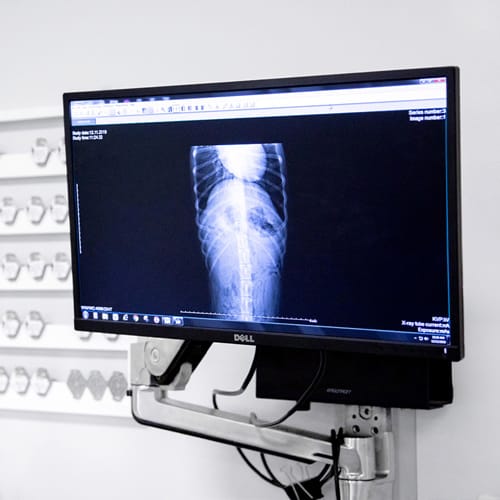Veterinary Diagnostic Imaging
Marcello Veterinary Hospital offers the latest, state-of-the-art imaging technology available in veterinary medicine, including digital radiology.
Having these tools as well as an in-house laboratory means that we have a wide range of diagnostic services housed at both of our locations in Houma and Raceland.
These diagnostic capabilities enable us to provide advanced patient care for companion pets in Houma, Thibodaux, Morgan City, Raceland, and Mathews.
By leveraging our diagnostic capabilities, we can efficiently produce diagnostic information about your pet's condition and provide immediate treatment options.


Digital Radiology
Digital radiology allows us to capture high-resolution images instantly without having to perform numerous retakes. The images are sharper than regular X-rays, can be magnified, focused, and contrasted to show great detail of the area of interest.
This non-invasive procedure gives our veterinarians a clear view of what is going on internally with your pet, and allows us to detect and diagnose ailments quickly and accurately.
Digital radiology is particularly useful for several patient conditions including cases of coughing, foreign body ingestion, limb lameness, heart disease, constipation, and more.
After diagnosis, our team can formulate a treatment plan to help your pet get back to feeling their best.